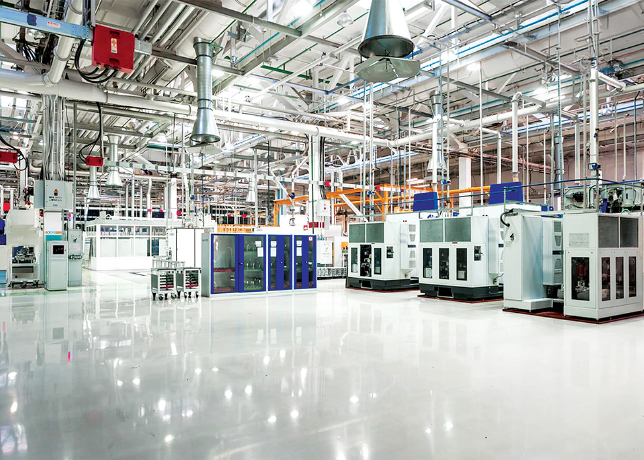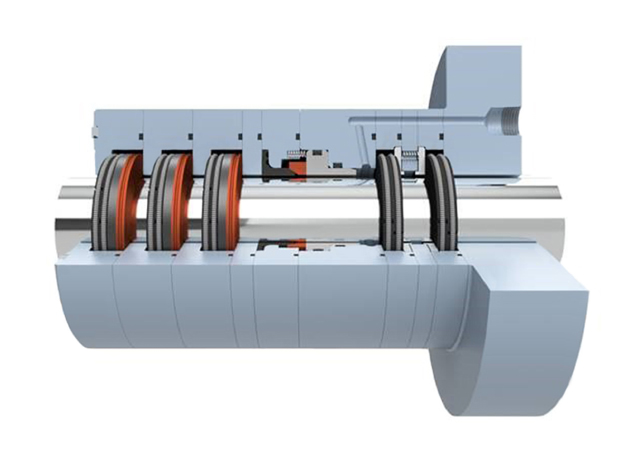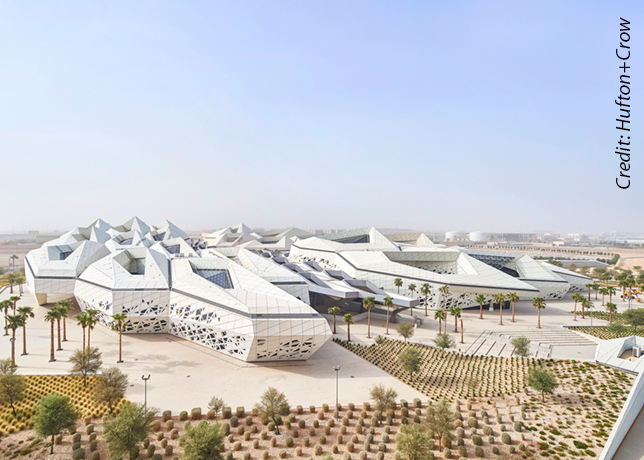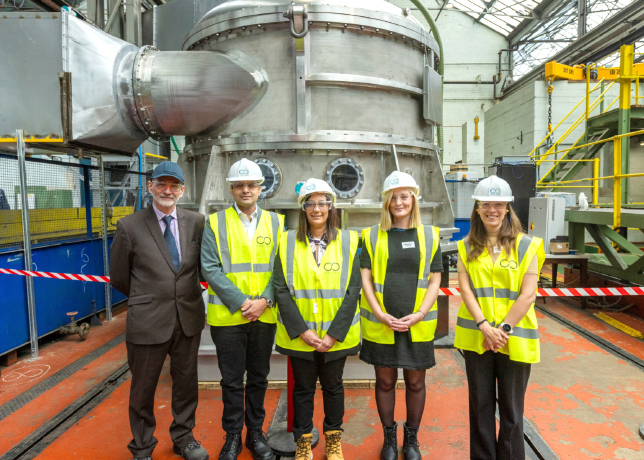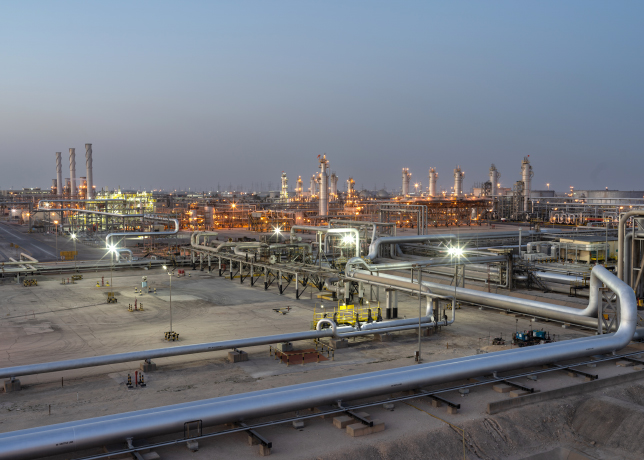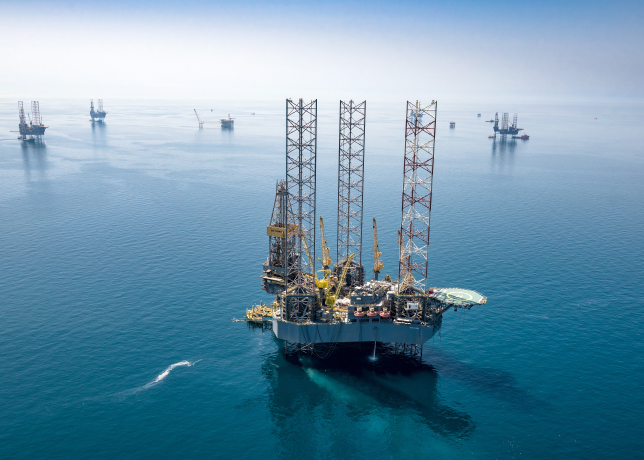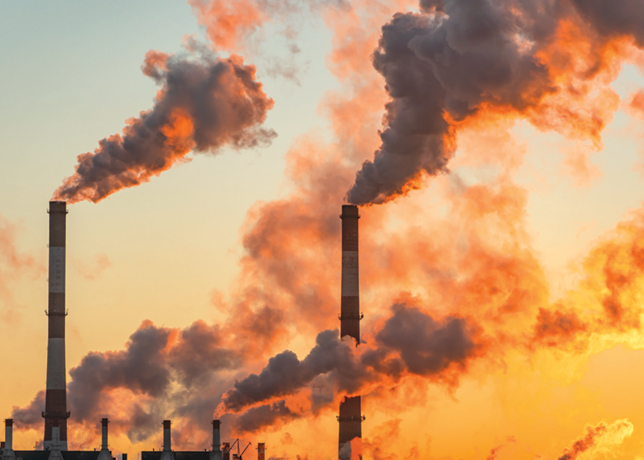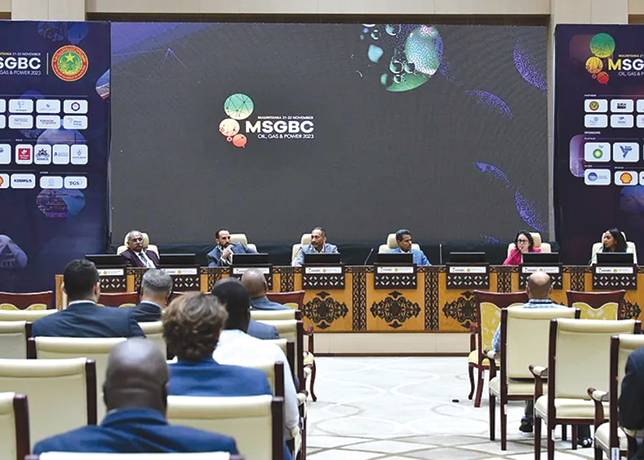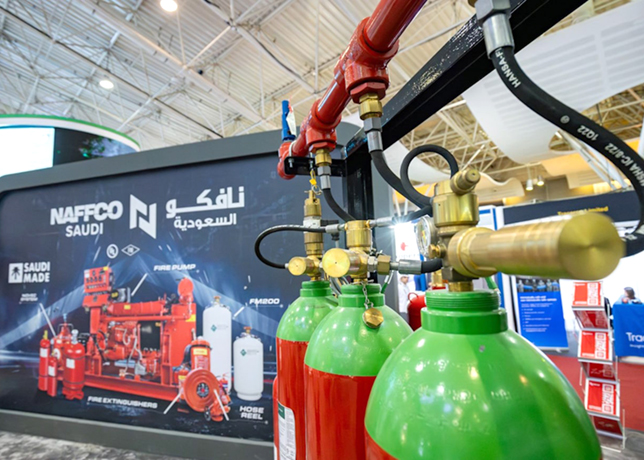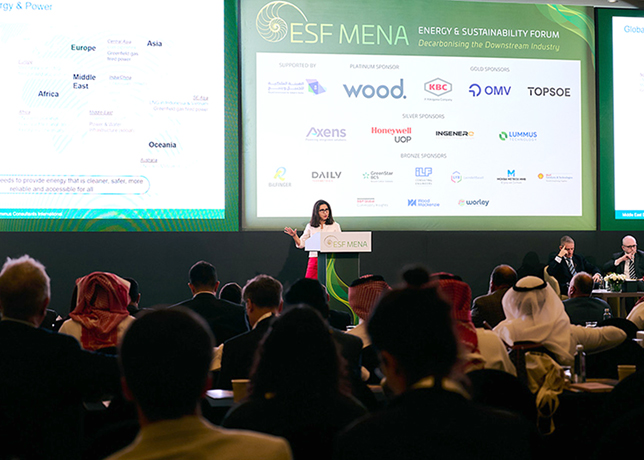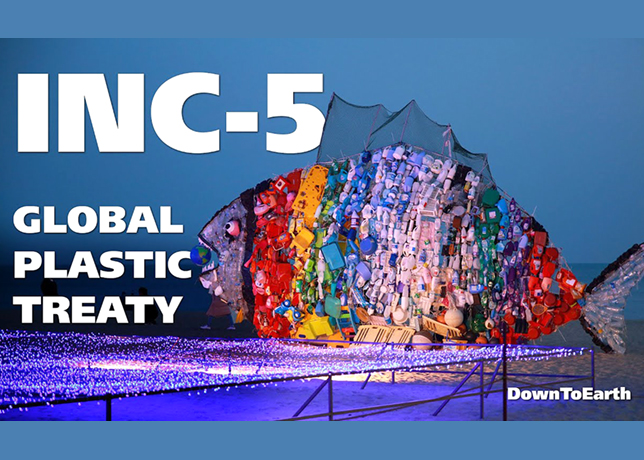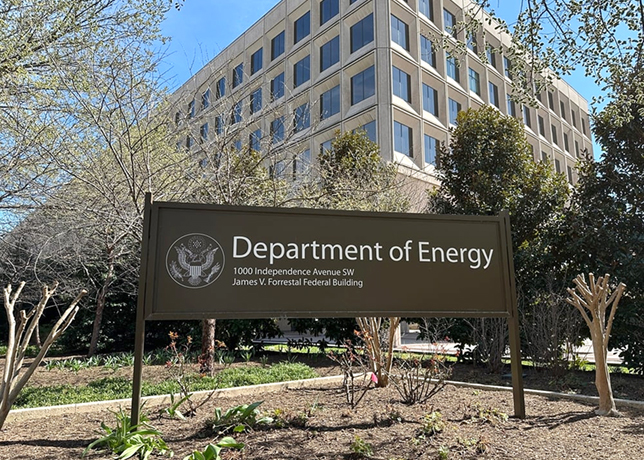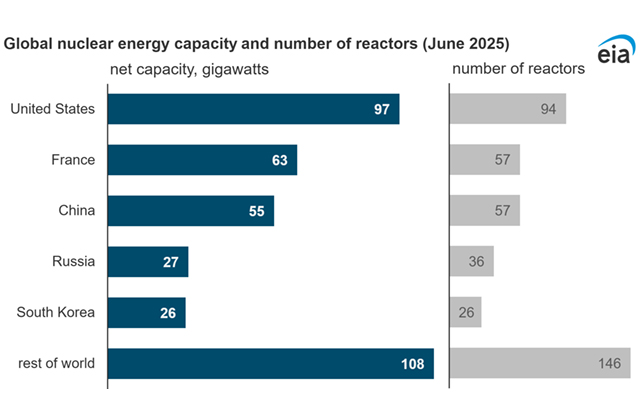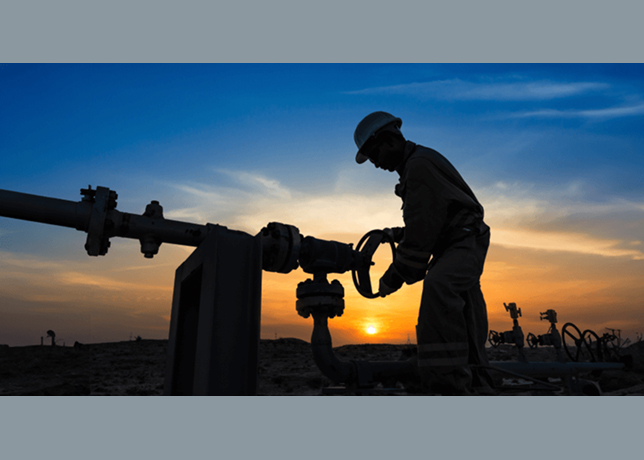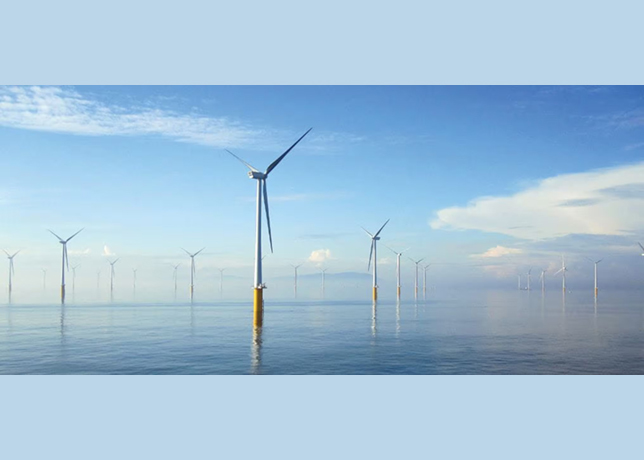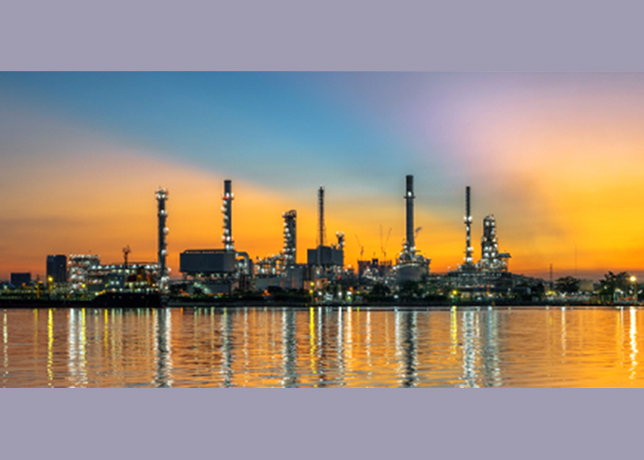
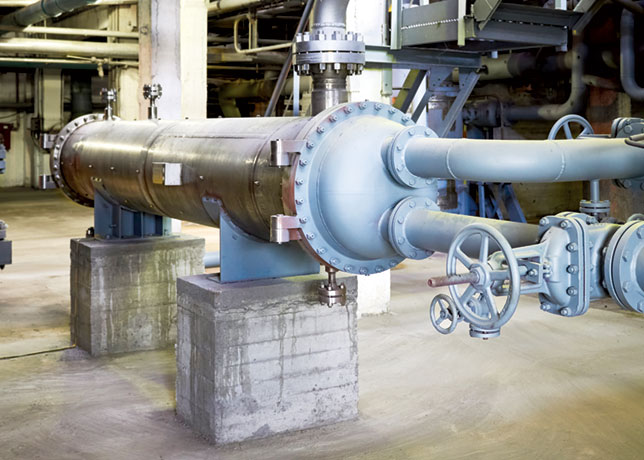 The diverse applications of heat exchangers span across various facets of the energy industry
The diverse applications of heat exchangers span across various facets of the energy industry
As the energy landscape continues to evolve and embraces cleaner and more efficient solutions, the role of heat exchangers will only become more pronounced, underpinning the global transition towards a sustainable energy future
Heat exchangers are indispensable components within the energy sector, facilitating the efficient transfer of thermal energy between two or more fluids.
From traditional power generation to emerging renewable technologies, these devices play a pivotal role in optimising processes, enhancing energy efficiency, and reducing environmental impact.
According to MarketsandMarkets, the global market for heat exchangers is experiencing significant growth, projected to reach an impressive $32.3 billion by 2029, expanding at a compound annual growth rate (CAGR) of 7 per cent from its 2024 valuation of $23 billion.
This robust expansion is driven by a confluence of factors, including accelerating industrialisation in developing economies, increasingly stringent energy efficiency regulations, and a burgeoning demand for sustainable, cost-effective heat exchange solutions.
As industries worldwide strive for greater operational efficacy and adherence to stricter emission standards, the unassuming yet critical heat exchanger stands at the forefront of the clean energy transition.
ADVANCEMENTS & APPLICATIONS
The diverse applications of heat exchangers span across various facets of the energy industry, with different types catering to specific needs.
Shell and tube heat exchangers, for instance, remain the largest segment in terms of value, owing to their inherent efficiency, versatility, ease of maintenance, and resistance to thermal shocks.
Their design, allowing for effective fluid movement and a large heat-transfer surface, makes them a preferred choice in numerous applications, from chemical processing and oil and gas to power generation.
These exchangers are celebrated for their straightforward maintenance, facilitating easy disassembly, cleaning, and repair, which contributes to their widespread adoption.
Beyond the conventional, the energy sector is continuously exploring innovative uses and designs for heat exchangers.
For example, in concentrated solar power (CSP) plants, molten salt heat exchangers are crucial for transferring solar thermal energy to generate electricity.
Similarly, in geothermal power, heat exchangers extract heat from the Earth's interior, converting it into usable energy.
The burgeoning hydrogen economy also relies heavily on advanced heat exchangers for efficient production, storage, and utilisation of hydrogen.
This includes applications in electrolysis for hydrogen production, liquefaction processes, and fuel cell technology, all of which demand precise thermal management.
Furthermore, the drive towards decarbonisation has spurred interest in heat exchangers for carbon capture and utilisation technologies, where they facilitate the cooling and compression of captured CO2.
The longevity and performance of heat exchangers are paramount, directly impacting both capital expenditure and operational costs.
Regular maintenance is not merely recommended but essential, ensuring the proper functioning of these critical assets and preventing costly breakdowns.
Investing in proactive maintenance strategies proves significantly more cost-effective than reactive emergency repairs.
Well-planned maintenance programmes can lead to substantial energy savings and operational cost reductions, potentially up to 30 per cent.
This not only ensures system uptime but also mitigates pressure drops, thereby reducing the load on associated equipment like pumps and compressors.
The European market, with its robust industrial base encompassing chemical processing, oil and gas, power generation, and HVAC sectors, holds the largest share in the heat exchanger market.
This leadership is largely attributable to Europe's stringent environmental regulations, which mandate high energy efficiency and reduced greenhouse gas emissions, driving demand for advanced heat exchanger technologies that facilitate compliance.
The continuous evolution of materials, such as advanced metals, alloys, and brazing clad materials, further enhances the performance and durability of these devices, enabling them to operate under increasingly demanding conditions.
The aftermarket for heat exchangers also presents a significant opportunity, highlighting the ongoing need for spares, repairs, and upgrades to ensure the optimal performance of existing installations.
As the energy landscape continues to evolve, embracing cleaner and more efficient solutions, the role of heat exchangers will only become more pronounced, underpinning the global transition towards a sustainable energy future.



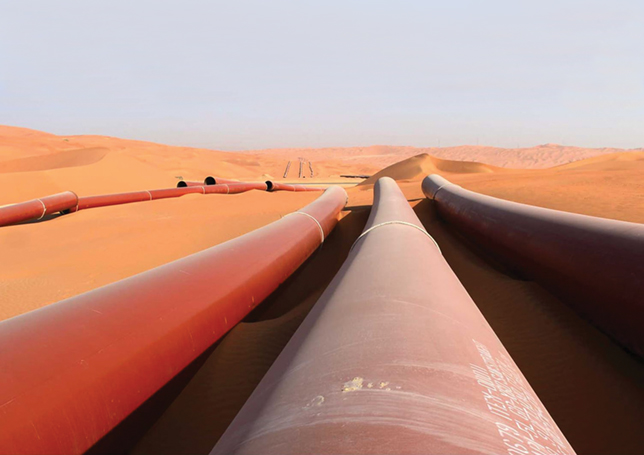
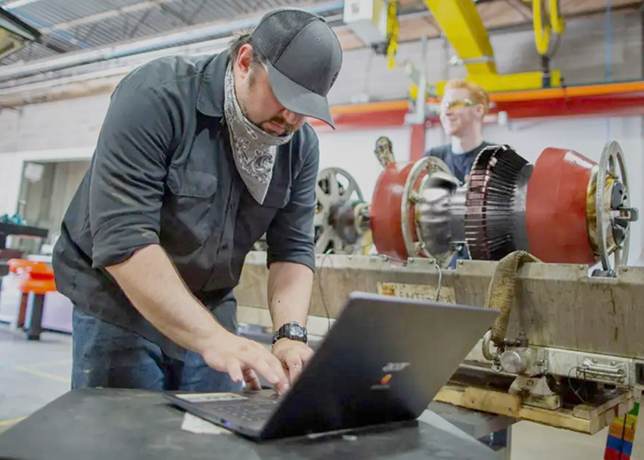







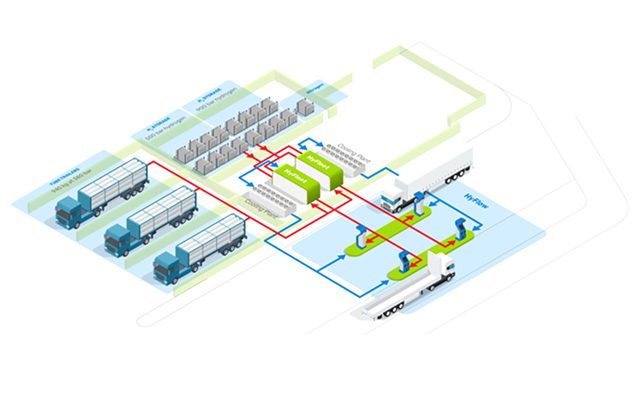
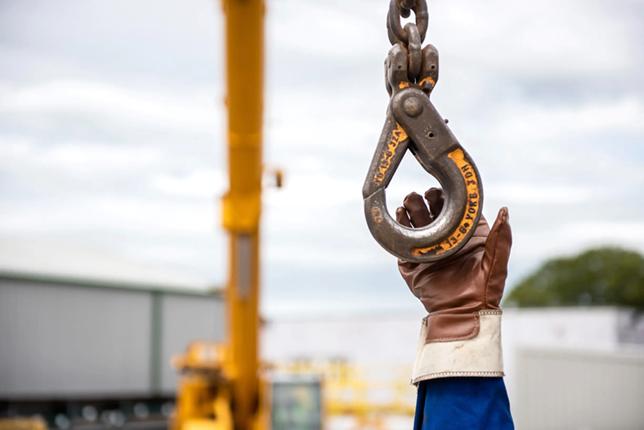
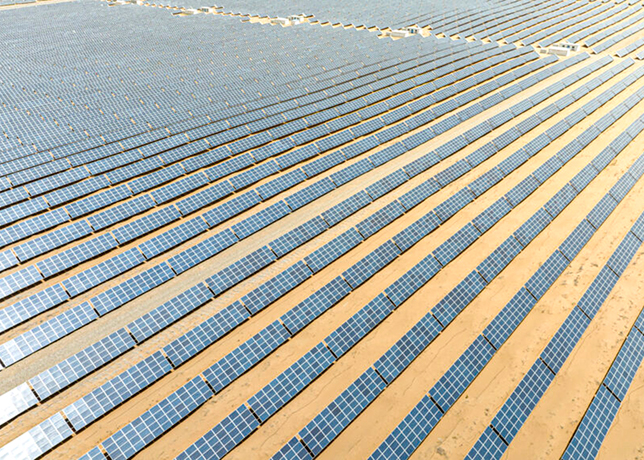
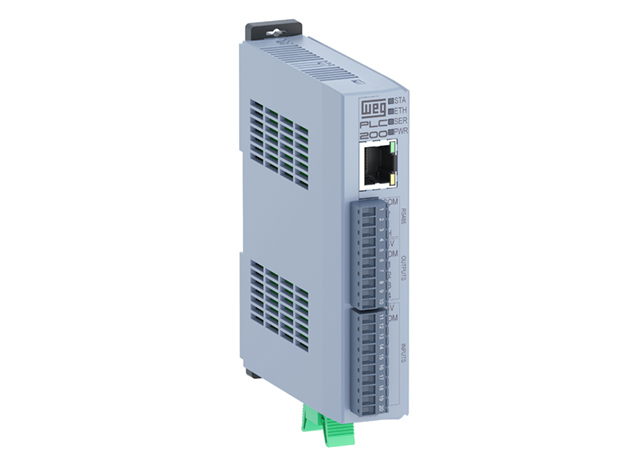
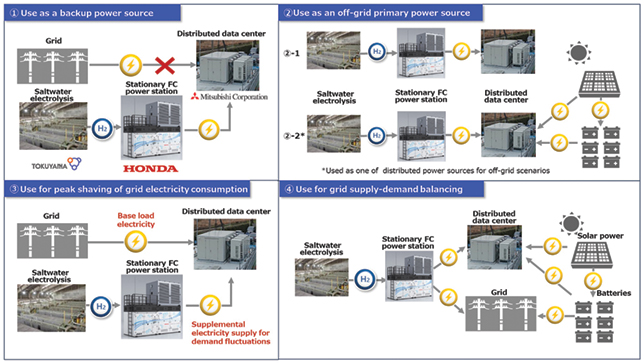


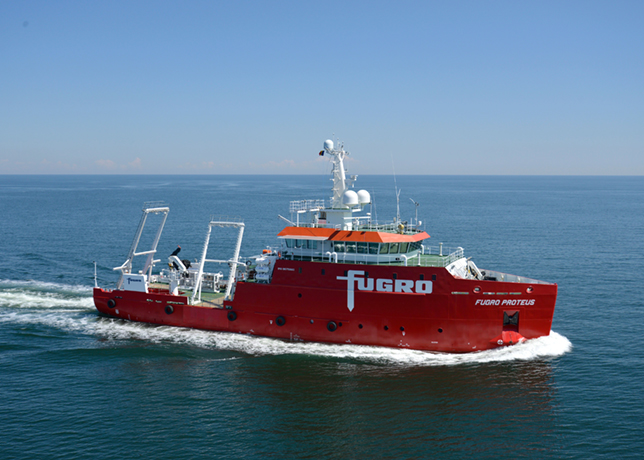


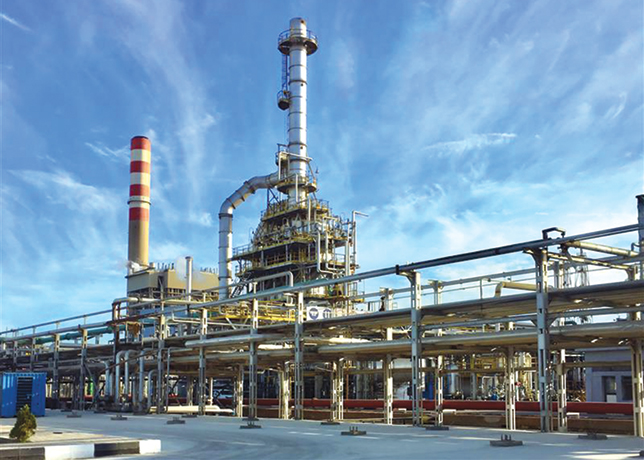
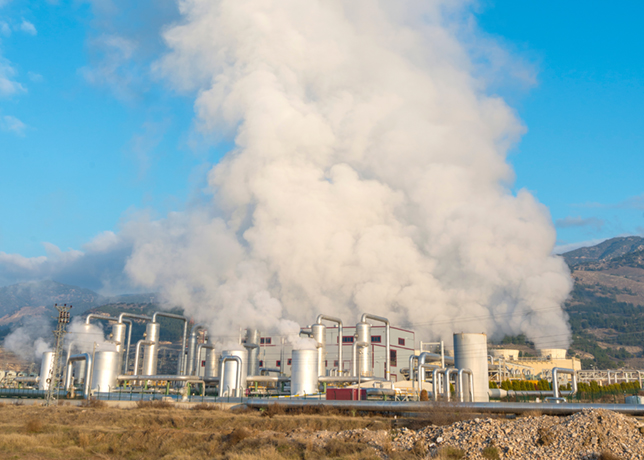
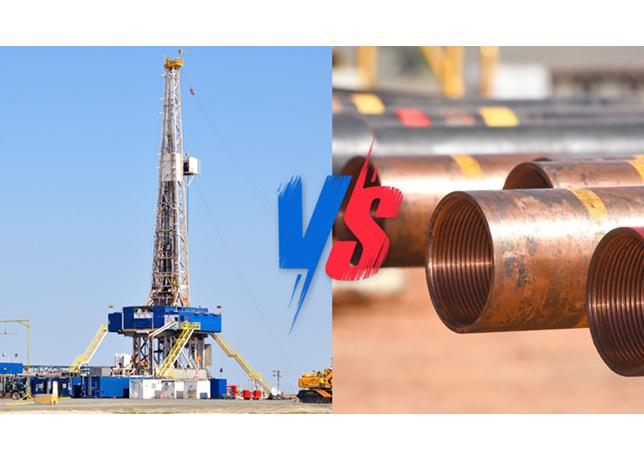







-is-one-of-the-world.jpg)

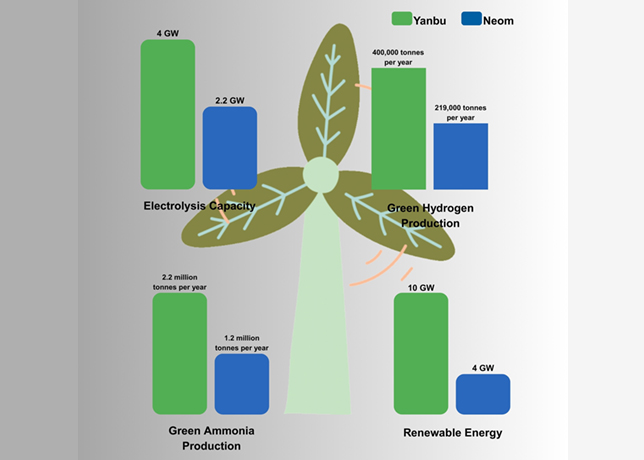

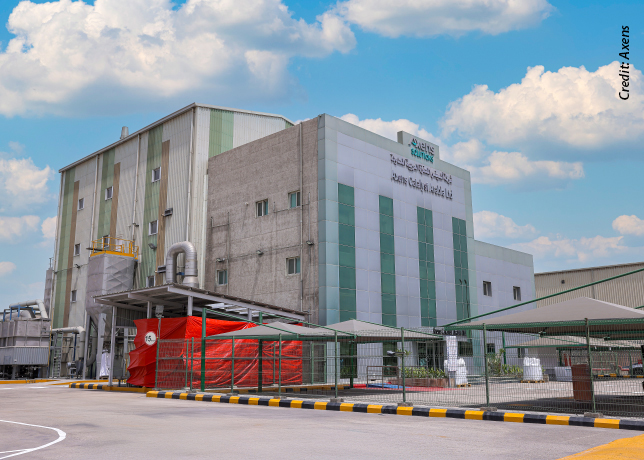

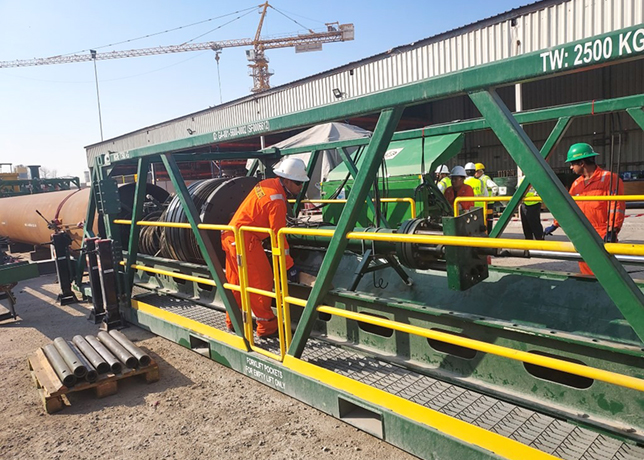
-(4)-caption-in-text.jpg)


